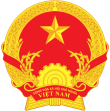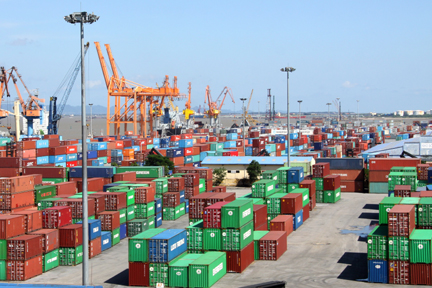Export turnover fetches US$162.57 billion in H1
VGP – As of late June, total trade turnover valued US$162.57 billion, up 2.4% or US$3.76 billion against the same period last year, according to the Viet Nam Customs Department.
|
|
|
Illustration photo |
Total export turnover was over US$ 82.13 billion, up 5.7% or nearly US$4.44 billion against the same period last year.
The FDI sector gained an export turnover of over US$57.34 billion, representing a year-on-year growth of US$4.69 and accounting for 69.8% of national total figure.
The General Statistics Office assessed that structure of exports merely kept unchanged in comparison with last year of which heavy industries and mining made up 45.5%; light industries and handicrafts 40.7%; and the agro-forestry-fishery sector 10.1%.
The U.S. remained the largest importer of Viet Nam; followed by the EU, China, the Republic of Korea, ASEAN, and Japan.
Import volume reached over US$80.43 billion, representing a year-on-year decline of 0.8% (or US$684 million). The FDI sector held 58.6% of total import turnover and the domestic sector accounted for 41.4%.
In the January-June period, import of machines, equipment, and spare parts saw a year-on-year decline of 0.6% and accounted for 41% of total import turnover; raw materials and fuel witnessed a year-on-year decrease of 0.6%; consumption commodities experienced a year-on-year growth of 0.7%.
China was the largest importer of made-in-Viet Nam products; followed by the Republic of Korea, ASEAN, Japan, the EU, and the U.S./.
By Kim Loan


